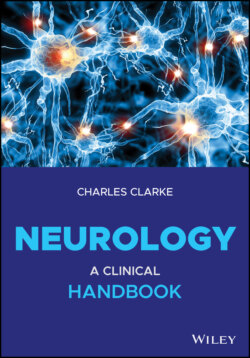Читать книгу Neurology - Charles H. Clarke - Страница 98
4 Examination, Diagnosis and the Language of Neurology
ОглавлениеMy purpose here is to outline how I approach day‐to‐day neurology:
To provide a framework for examination, diagnosis and investigation
To introduce terminology – the language and vocabulary we use.
There is some distance between anatomy, science, diagnosis and the words we use to communicate clinical features. I try to fill these gaps. Our first purpose is to answer one question: is there a recognisable disease? In no other speciality are clinical patterns more important, nor are they more reliable. Despite advances in imaging, neurogenetics and neuropathology, we follow a traditional approach:
Assemble clinical observations – history, symptoms and physical signs, and assess investigations.
Recognise, by sifting these, the site of the problem, and if possible a disease.
Good neurology is about getting this right. Failure to follow this approach can lead to over‐investigation or missing a serious disease.
